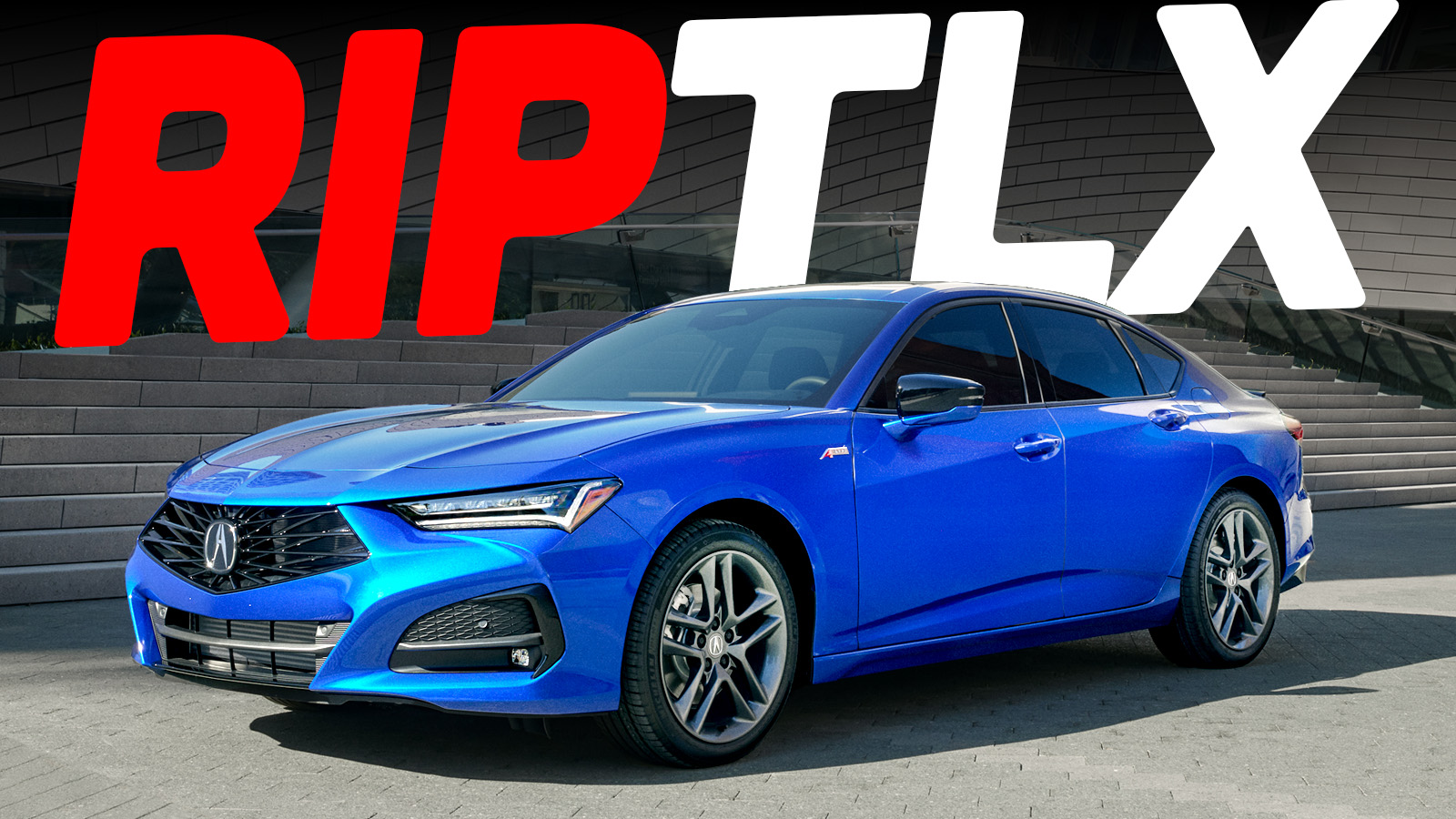The Death of the Acura TLX: Will Anyone Care?

The End of an Era for Acura’s Midsize Sedan
Acura has officially announced the end of production for its midsize luxury sedan, the TLX. This marks the conclusion of a legacy that began with the first Acura TL in 1996. The decision comes as the automotive industry continues to shift toward crossover utility vehicles, leaving fewer buyers interested in traditional sedans. With the Integra set to be the only non-crossover model in Acura’s lineup, it’s clear that the brand is pivoting toward more popular vehicle segments.
The TLX and its predecessor, the TL, played a significant role in Acura’s history, with nearly 1.2 million units sold over the years. However, sales have steadily declined since the model's peak in 2005, when 78,218 TL sedans were sold in the U.S. The downturn was exacerbated by the Great Recession and a controversial design change in the third-generation TL. While there was a brief resurgence in 2015 with the introduction of the first-generation TLX, the second-generation model failed to recapture that momentum.
A Promising Start, But Not Without Flaws
When the second-generation TLX was unveiled in 2020, it looked promising. The car featured a sleek silhouette, a long dash-to-axle ratio, and a turbocharged two-liter inline-four engine as the base powertrain. It also included double-wishbone front suspension and the return of the Type S trim, which appealed to nostalgic drivers. Despite these features, the TLX struggled to live up to expectations.
One of the most notable issues was Acura’s True Touchpad interface. Unlike other systems on the market, this one didn’t function like a standard laptop touchpad. Instead, each point on the touchpad directly corresponded with a point on the screen, making it frustrating to use. This flaw alone could have been a deal-breaker for many potential buyers.
Performance and Practicality
Even after addressing the infotainment system, the driving dynamics of the TLX left much to be desired. When tested in cold conditions, the second-generation model felt heavy and unresponsive. Weighing around 600 pounds more than a loaded Accord, the car lacked the agility expected from a sport sedan. The all-wheel-drive system allowed for some power-on rotation, but the overall handling felt too soft and unbalanced.
The Type S variant, equipped with a turbocharged three-liter V6 producing 355 horsepower, offered more power but still fell short of competitors like the BMW M340i or Lexus IS 500. At $59,245, the Type S was expensive for a car that didn’t deliver the driving experience many enthusiasts hoped for. For the same price, buyers could get a more engaging machine like a Genesis G70 3.3T or a Cadillac CT5-V, making the Type S a tough sell.
A Comfortable Cruiser, But Not a Sport Sedan
Despite its shortcomings, the second-generation TLX still looked great and offered a comfortable ride. However, it never fully embraced the sport sedan identity it needed to justify its place in a competitive market. The interior, while well-appointed, felt cramped for a car of its size. Combined with the infotainment system and handling issues, the TLX became difficult to recommend.
With only 7,478 units sold last year, it’s clear that the model no longer had a strong following. As Acura moves forward, it may be time to let the TLX go, even if some fans will miss its presence.
What’s Next for Acura?
If you’re looking for a fun Acura sedan, the Integra Type S might be the answer. With its more agile handling and modern design, it offers a different kind of driving experience. For now, the legacy of the TLX lives on, but its future remains uncertain. Whether anyone will miss it is another question entirely.